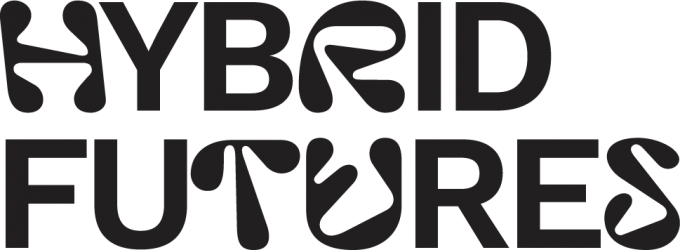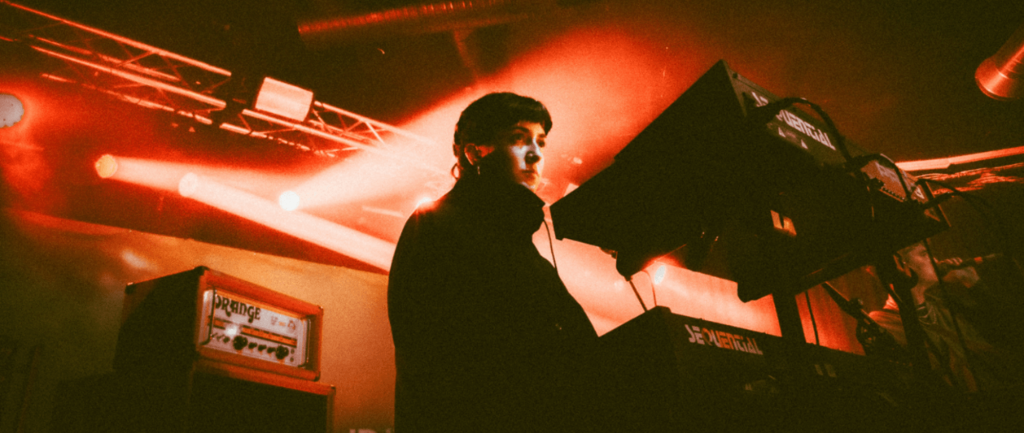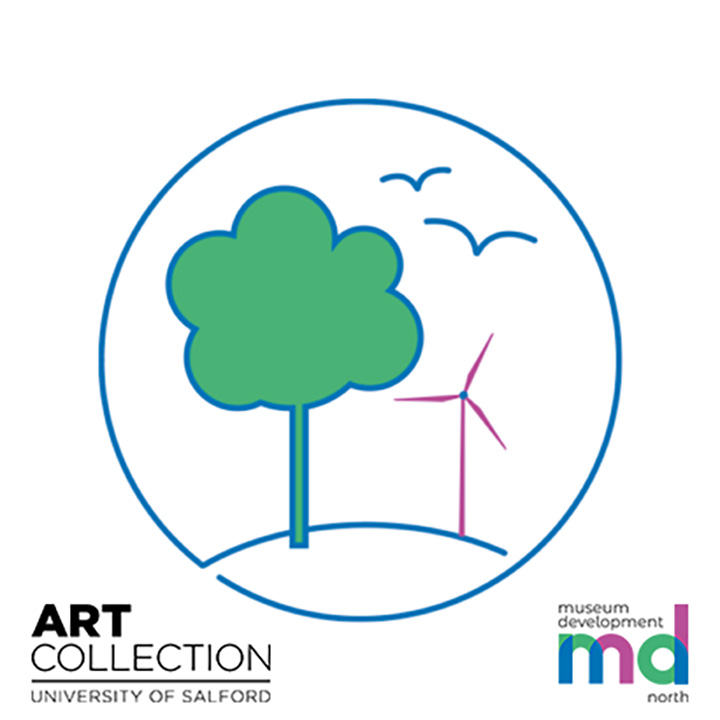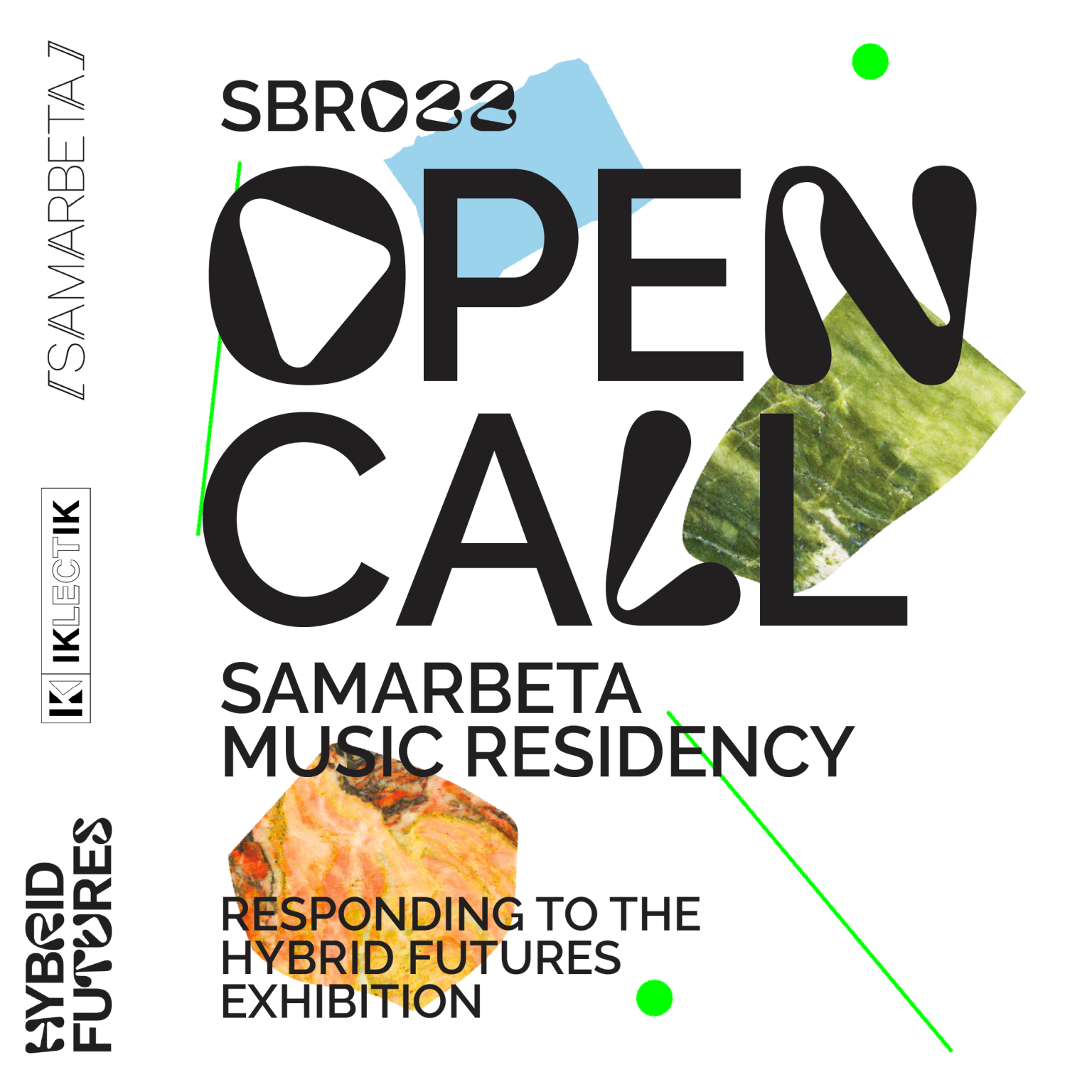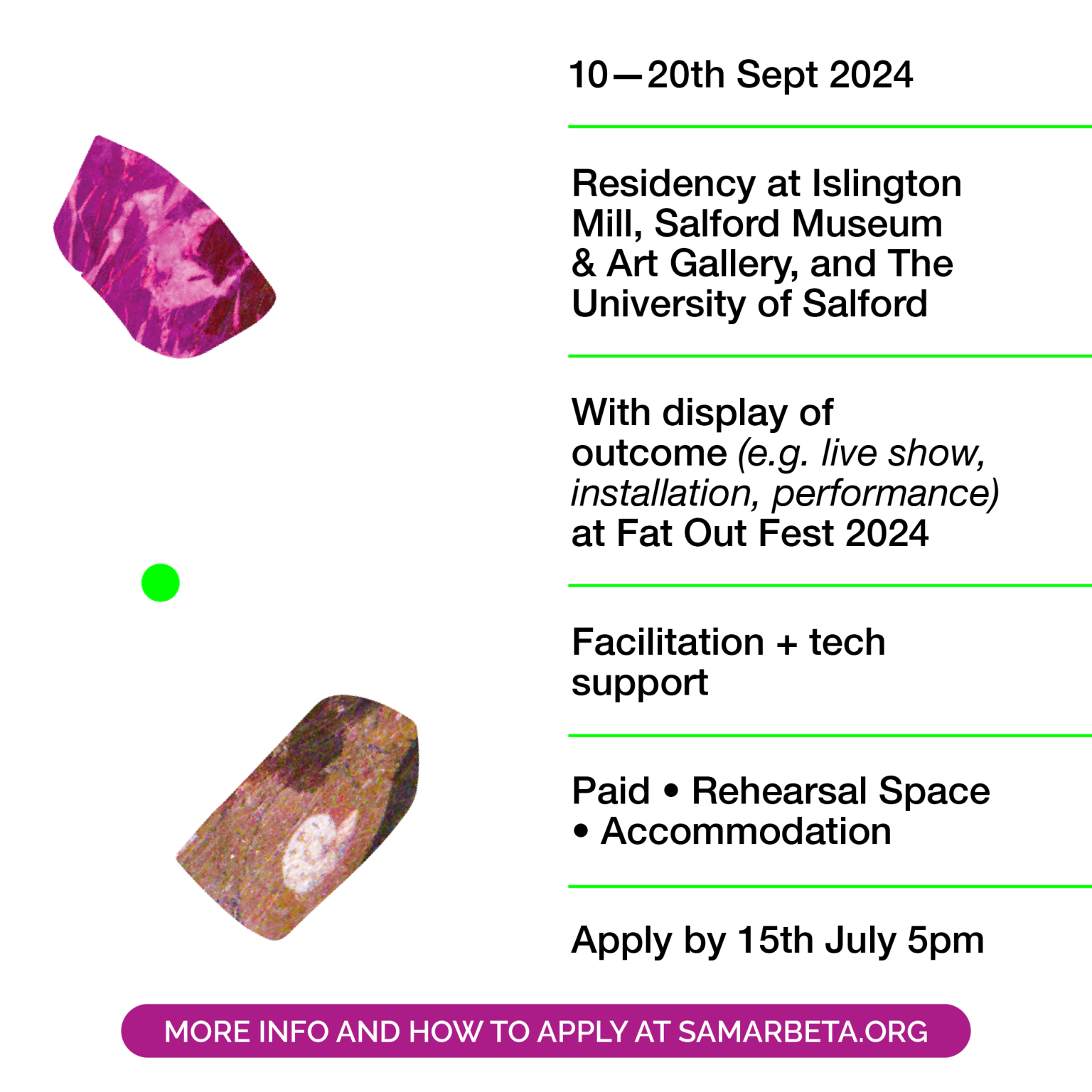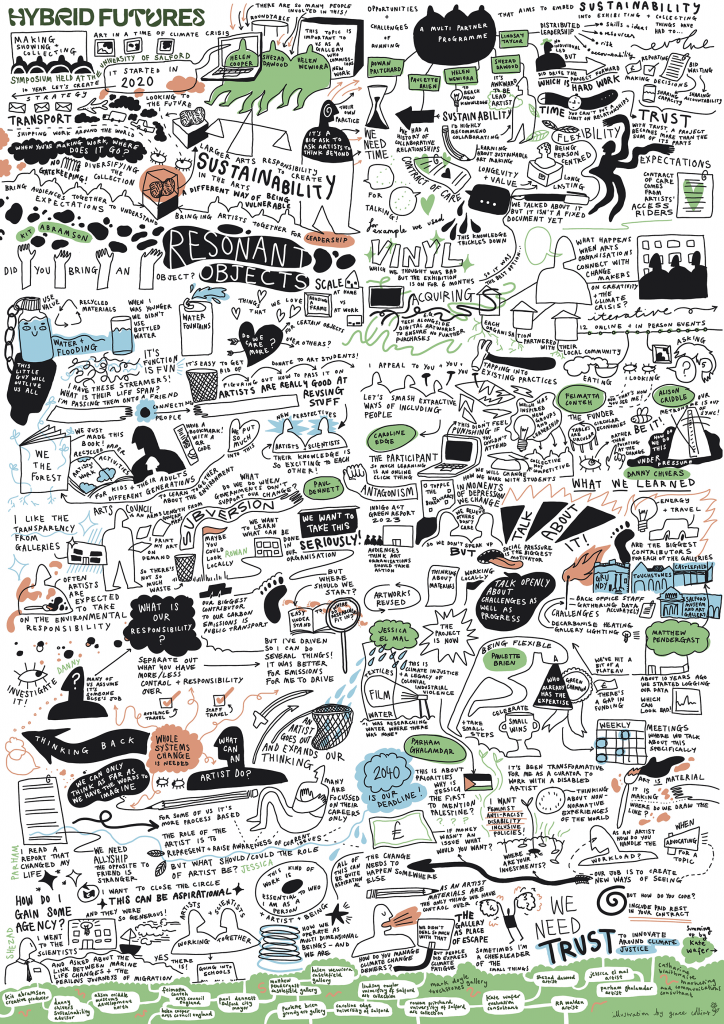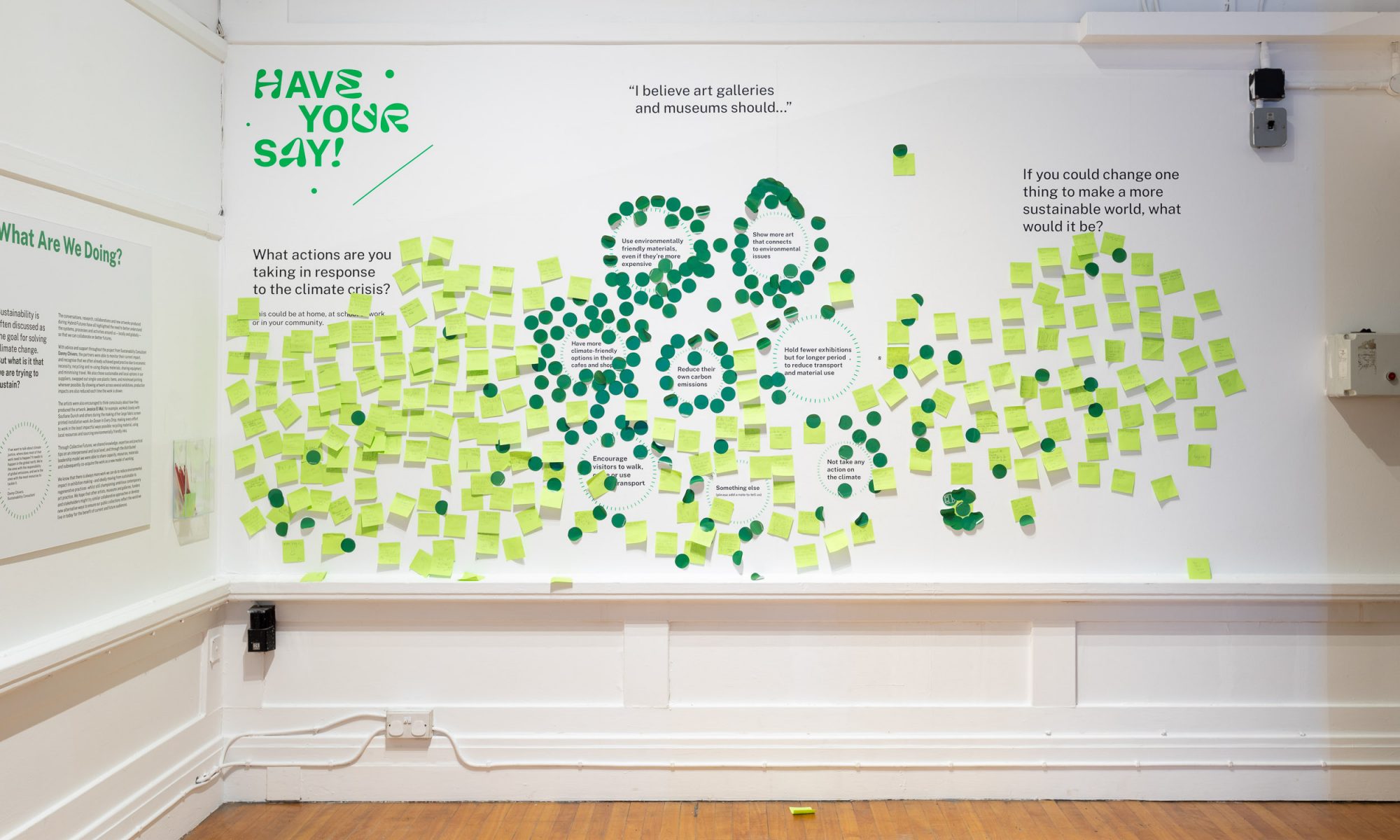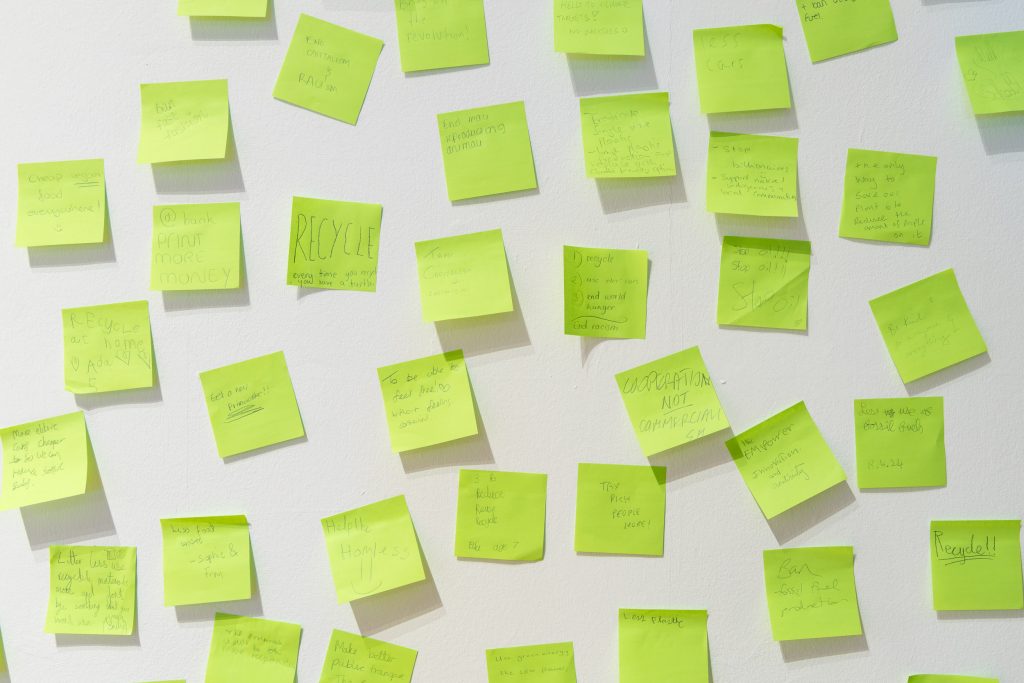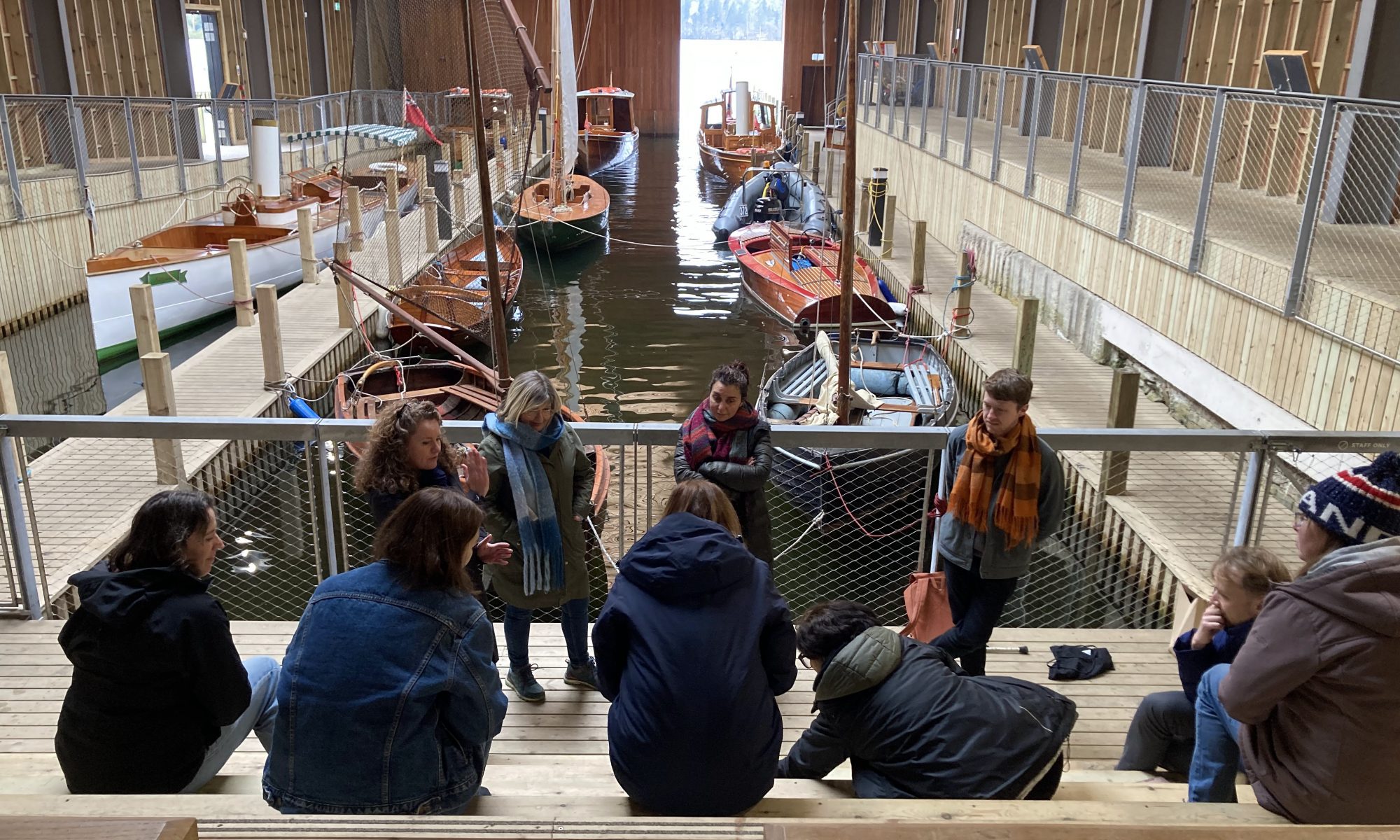Recently, the Hybrid Futures: Hypersea event premiered at Salford Museum & Art Gallery as part of Fat Out Fest, the University of Salford Art Collection team assistant, Sam, gives his thoughts:
The Hybrid Futures event was exciting from start to finish – welcoming public audiences from a variety of backgrounds to experience this contemporary exhibit of sound.

Image: Courtesy of Sam Parker.
This was born out of a 10 day residency for Hypersea to respond to Shezad Dawood’s ‘Leviathan: From the Forest to the Sea‘ supported by Samarbeta Music Residency, IKLECTIK ART LAB , and the University of Salford Art Collection.
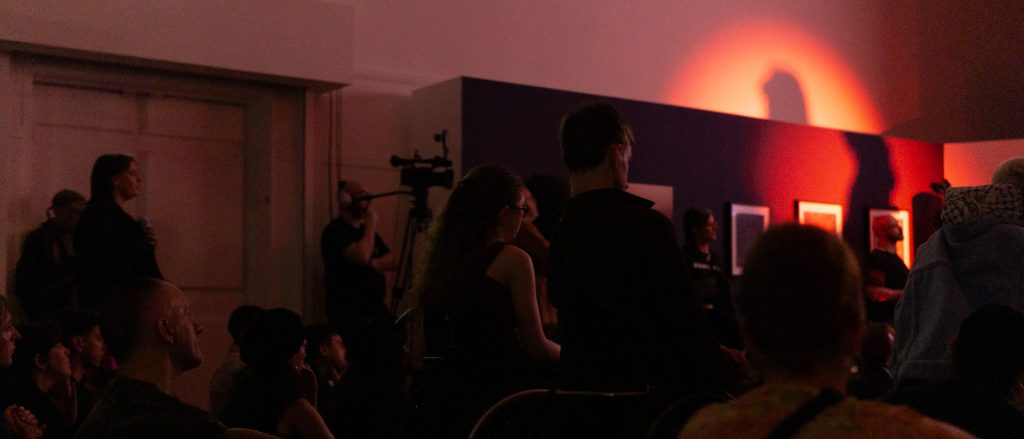
Image: Courtesy of Sam Parker.
Starting with I Am Fya – an eclectic mix of vocals, digital sound, and sporadic imagery progressing through the performance. A spontaneous vocal reaction to candid configuration of music and sound, accompanied by collaged video. Each individual piece both reacted to and stimulated each other, pushing the piece to develop into a unique response to the moment. Some danced, some stood, some sat and embraced the mix of sensory stimulation as the performance existed in uncertainty and unfolded into something irreplicable.
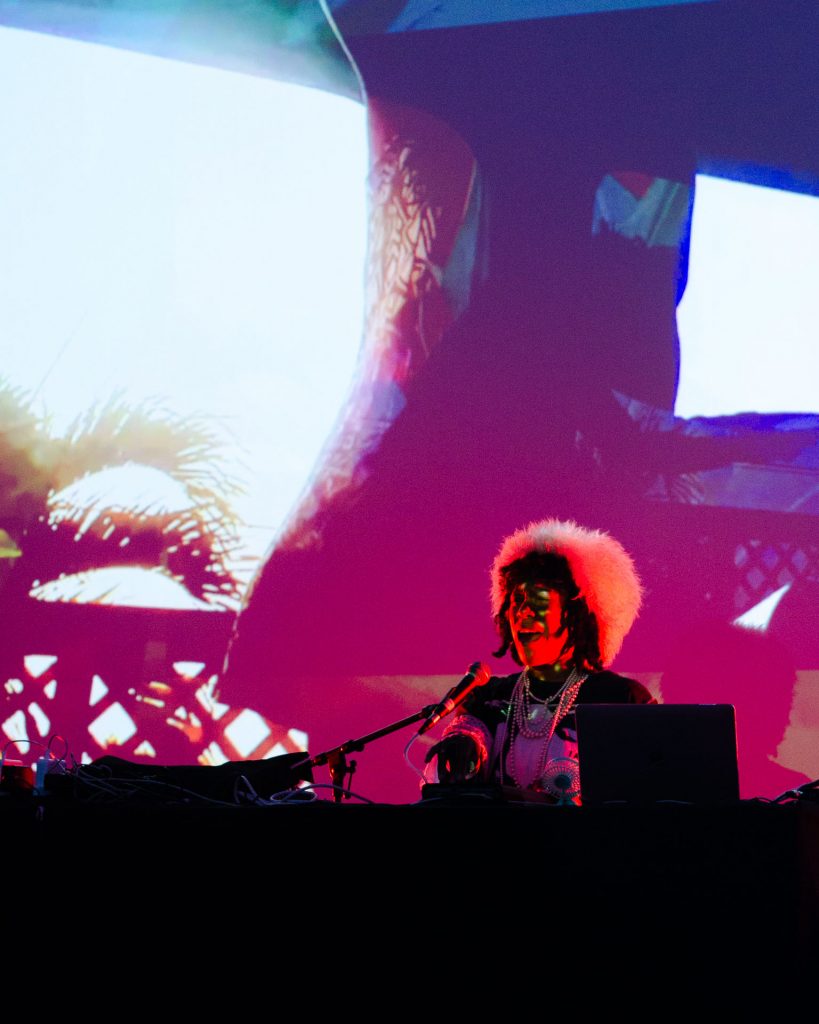
Image: Courtesy of Sam Parker.
Hypersea‘s response to Shezad Dawood’s ‘Leviathan: From the Forest to the Sea‘ was an encompassing mix of existentialism and possible outcomes for our futures. The sound was engaging, relaxing, and overall allowed the public to experience it how they wanted – the more lively of people danced, those who wanted to experience the sound (and sound only) sat down, closed their eyes, a couple even lay flat on their back to fully immerse themselves in the soundscape. For those with their eyes open, the lighting only added to the immersion of Hypersea’s performance – although lacking any change throughout the performance, the red light cast around the room kept the audience engaged and attentive. The soundtrack that Hypersea was constructed from sonified ocean data and used motion to control the composition – which I found extremely interesting, it gave the performance a real sense of weight and gravitas to know what was being presented.
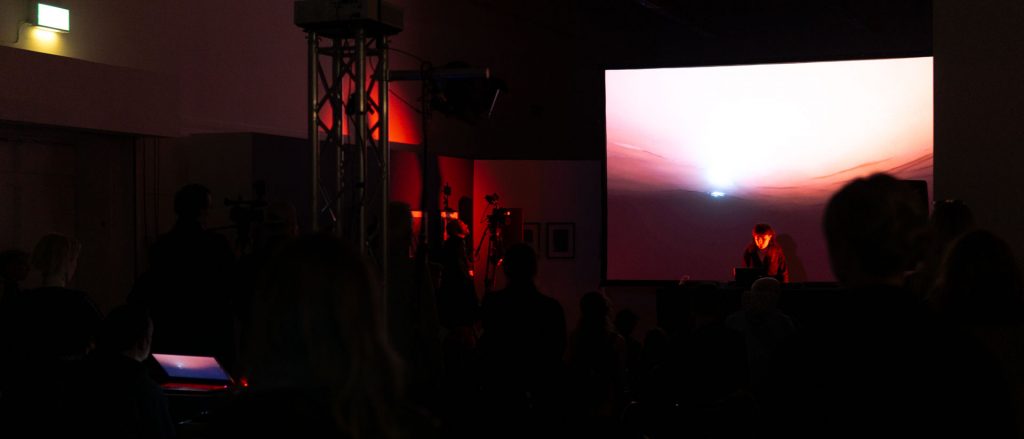
Image: Courtesy of Sam Parker.
A fitting closing celebration of the 3 year Hybrid Futures project, championing partnership working and collaboration across the North West.

